Growing micro-greens and baby leaves in a hydroponic garden is a good choice to beginners. These quick crops take practically no time at all to grow hydroponically and they are among the easiest options for novice indoor gardeners.
What are Micro-Greens?

Micro-greens, as the name suggests, are tiny little seedlings. Packed full of nutritional goodness, these are the seedlings of a range of different crop species that are cut and eaten at an early stage of growth, before they grow larger and develop more leaves.
Baby leaves are similar, but are harvested at a slightly later stage of growth, typically once a few true leaves have formed on a plant.
Why Grow Micro-Greens and Baby Leaves Hydroponically?

It is a good idea to grow micro-greens hydroponically because hydroponic gardening is quicker and often cleaner and more pest-free than other more traditional forms of gardening.
Creating a hydroponic garden indoors saves time and other resources like water. It can be a sustainable choice – especially if your hydroponic system is part of a closed-loop aquaponic system.
Growing Micro-Greens and Baby Leaves Hydroponically: The Process
If you are completely new to growing micro-greens and baby leaves hydroponically, and especially if you have never grown hydroponically before, here is the basic process you need to follow:
- Choose your hydroponic system.
- Get the growing medium sorted.
- Decide which micro-greens to grow.
- Provide the right conditions for germination.
- Monitor your crop and harvest at the right time.
Let's take a look at each of these steps in turn to make sure we have the basics in place to get started.
Choosing a Hydroponic System for Micro-Greens
First things first, if you want to grow micro-greens in a hydroponic garden, you need to decide what type of hydroponic system you will implement. Below are some common options for you to consider:
Self-Watering Planters

Self-watering planters are one easy option for beginners – these are easily integrated into a basic hydroponic or aquaponic system. They are ideal for smaller plants that can fit within them and of course, plants grown for micro-greens or baby leaves will not take up much space.
Deep Water Culture

Deep water culture systems involve suspending plants in pods or rafts above a reservoir of water. There are a range of different ways in which you could set up this type of system, at a range of scales. Many options will be suited to growing micro-greens and baby leaves indoors.
Ebb and Flow

In ebb and flow systems, water floods and then recedes from media beds or other containers filled with a suitable growing substrate. Also known as a type of media bed technique, this type of hydroponics can also be well suited to growing micro-greens and baby leaves indoors.
Nutrient film technique hydroponic gardening is another popular way to grow micro-greens and baby leaves for indoor gardeners. In this system, water passes through the system in a thin flow or trickle past plant roots.
Beyond Hydroponics – Aquaponic Systems

To make your indoor gardening more sustainable, it is a good idea to look into turning a basic hydroponic system into an aquaponics system by rearing fish as well as plants – creating systems that allow for a symbiosis between the two.
We highly recommend that you consider this, since aquaponics systems can be implemented even in surprisingly small spaces. For example, in a 55 gallon drum or similar container, you can potentially create a small aquaponics system to rear fish and grow micro-greens and baby leaves as well as other salad crops.
What Do You Need to Grow Hydroponically?
What you need in terms of containers and materials will obviously depend to an extent on the method you have chosen. But remember that you may also find it beneficial to add features like grow lights for plants.
The right grow light for plants can really make a different – even when growing something quick and easy like micro-greens that requires little care.
Grow lights for seeds can provide them with the light they need to germinate successfully. Many seeds do not need light for germination but there are some that do. It is important to make lighting if you are growing plants in the former rather than the latter category.
Grow lights for seedlings should be either full spectrum, like natural light, or focus on blue part of the spectrum, which enhances vegetative growth.
Choosing a Growing Medium

Typically, depending on which hydroponic system you have chosen to implement, you will next need to think about choosing a growing medium for your crop.
When it comes to growing micro-greens and baby leaves, you will find that it is fairly easy to succeed no matter which medium you choose. But it should be thought about carefully nonetheless because it can make a difference to how successful your indoor hydroponic garden will be.
Screens or Mesh
Some systems involve sowing seeds and growing micro-greens into a screen or mesh. Such systems are suitable for growing micro-greens providing that the holes in the mesh or screen are small enough not to let the smaller seeds drop through.
Coco-Coir
Coco-coir or coco-coir matting are also popular options for hydroponic systems. This can be a very good choice for those who are growing micro-greens or baby leaves. Coconut coir, made from the husks of coconuts, can be useful in a range of ways in gardens, including in indoor hydroponic systems.
Hemp Mats
Hemp mats are another choice for growing micro-greens and baby leaves providing they are woven finely enough so that no seeds are lost. Hemp is a sustainable option and could be a good choice for those who want to garden indoors in a more eco-friendly way.
Jute Mats
Jute is another natural material which, like hemp, can potentially work well as a growing medium for sustainable indoor gardeners. Again, make sure that the matting is fine enough to ensure that seeds can sit on top and will not be lost through any holes.
Wood Fibre Mulch or Matting
Last but not lease, you might also consider some kind of wood-fibre growing medium or a mat made from fibrous woody material. Again, as long as this is fine enough, it can be a good choice for those who want to grow micro-greens and baby leaves hydroponically in their indoor garden.
Which Micro-Greens and Baby Leaves to Grow
Numerous crops can be grown for micro-greens and baby leaves. Here are some of the best options for beginners to grow hydroponically:
Brassicas (Cabbage Family Plants)
Brassicas are a fantastic choice for micro-greens and baby leaves. This family includes broccoli, kale, cabbage, and mustard greens. These plants are known for their robust flavours and high nutritional content, including vitamins A, C, and K, as well as calcium and iron.
Most brassica seeds germinate best at temperatures between 18 and 24 degrees C.. They typically sprout within 3-6 days depending on the specific cabbage-family plant you are growing.
Lettuce
Lettuce is a staple in hydroponic gardening, known for its fast growth and versatility. Several varieties, such as romaine, butterhead, and leaf lettuce, can be grown as baby leaves. You can ring the changes and make things more interesting by growing lettuces that are purple and reds as well as those that are green.
Lettuce seeds germinate best at temperatures between 16 and 21°C. They typically sprout within 7-10 days.
Cress
Cress is a fast-growing plant that thrives in hydroponic systems. It has a peppery flavour that adds a zing to salads, sandwiches, and soups. There are several types of cress, including garden cress, watercress, and land cress to consider.
Cress seeds germinate best at temperatures between 10 and 24 degrees C.. They typically sprout within 2-3 days, or within a week or so in the case of watercress.
Radishes
Radishes are another excellent choice for micro-greens and baby leaves. They grow quickly and the leaves are strong and peppery in flavour, adding something a bit more zingy to the taste palette of your micro-greens.
Radish seeds germinate best at temperatures between 13 and 24°C. They typically sprout within 3-4 days.
Beets/ Chard
Beets and chard are part of the same family and offer vibrant colours and sweet flavours as micro-greens and baby leaves. You can use them as micro-greens or baby leaves and enjoy the variety that comes from their vibrant stems as well as from their leaves.
Beet seeds and chard seeds germinate best at temperatures between 16 and 21°C. They typically sprout within 5-7 days.
Spinach
Spinach is a popular choice for micro-greens and baby leaves due to its mild taste and versatility in the kitchen. It grows well hydroponically and can be harvested multiple times. Spinach leaves are tender and slightly sweet, perfect for salads, smoothies, and cooking. They are high in vitamins A, C, and K, as well as iron and folate.
Spinach seeds germinate best at temperatures between 10 and 24°C. They typically sprout within 7-14 days.
Arugula
Arugula, also known as rocket, is a leafy green with a distinct, peppery taste. It grows quickly in hydroponic systems and is highly nutritious. The tiny leaves pack a punch of flavour and are rich in vitamins A, C, and K, as well as calcium and potassium.
Arugula seeds germinate best at temperatures between 10-24°C. They typically germinate within 3-5 days.
Basil
Basil is a beloved herb known for its aromatic leaves and culinary versatility. It grows well hydroponically and can be harvested as micro-greens or baby leaves. Basil micro-greens or baby leaves are perfect for garnishing dishes or adding to salads and sandwiches. They're rich in vitamins A, C, and K.
Basil seeds germinate best at temperatures between 21 and 29°C, warmer than other options on this list.. They typically germinate within 5-10 days.
Peas
You can grow peas both for micro-greens and for pea shoots. Pea micro-greens are packed with flavour and nutrients, making them a great addition to salads, sandwiches, and stir-fries. Pea shoots are harvested when the plants are a few inches tall and have a tender texture and sweet taste. They're high in vitamins A, C, and folic acid.
Pea seeds germinate best at temperatures between 13 and 24 degrees C. They typically sprout within 1-2 weeks.
Alfalfa
Alfalfa is a nutrient-dense plant that's easy to grow hydroponically. It's commonly grown as sprouts, but can also be harvested as micro-greens.
Alfalfa sprouts are rich in vitamins A, C, and K, as well as folate and calcium. They have a mild, nutty taste to them and they are often used in salads and sandwiches.
Alfalfa micro-greens offer a similar taste to the sprouts but with a slightly more intense taste. They're great for adding to salads and wraps.
Alfalfa seeds germinate best at 16 to 21° Celsius and typically sprout within 3-5 days.
When deciding which of the above options you might like to grow, remember that variety is king. Growing as many different micro-greens and baby leaves as possible can help you to enrich your diet and eat as healthily as you possibly can.
Harvesting Micro-Greens
Harvesting micro-greens is easy and straightforward. All you need to do is take some garden scissors or shears and cut off all the tops of the seedlings that have grown from your sprouted seeds.
Typically, micro-greens are ready to harvest within 7-21 days after germination, depending on the variety. The ideal time to harvest is when the first true leaves have developed, usually when the plants are 2-7.5cm in height.
It’s best to harvest in the early morning when the plants are well-hydrated and at their freshest. Carefully cut the micro-greens just above the soil line, taking care not to pull up the roots. This method helps ensure a clean cut and prevents the incorporation of any growing medium into your harvest.
After cutting, gently rinse the micro-greens with cool water to remove any debris or seeds. Use a salad spinner or pat them dry with a paper towel to remove excess moisture. Proper drying is absolutely essential to prevent mould and extend the micro-greens' shelf life.
Store the harvested micro-greens in a container lined with a paper towel in the refrigerator. They can typically last up to a week when stored properly, though it is best to enjoy them as soon as possible after their harvest for the best taste and nutrition.
Other Plant Hydroponic Growing Tips
If you are also interested in other hydroponic plants, please read related articles.
- The Best 11 Easy-To-Grow Vegetables in Hydroponics
- Top 10 Fruits to Grow in Hydroponic Systems
- Hydroponic Herbs: A Beginner's Top 10 List
- How to grow hydroponic cherry tomatoes Indoors: A Detailed Guide
- How to grow cilantro hydroponically indoors: A Beginner’s Guide
- How to grow Hydroponic Bell Peppers indoors: A Detailed Guide
- How to Grow Hydroponic Blueberries Indoors: A Detailed Guide

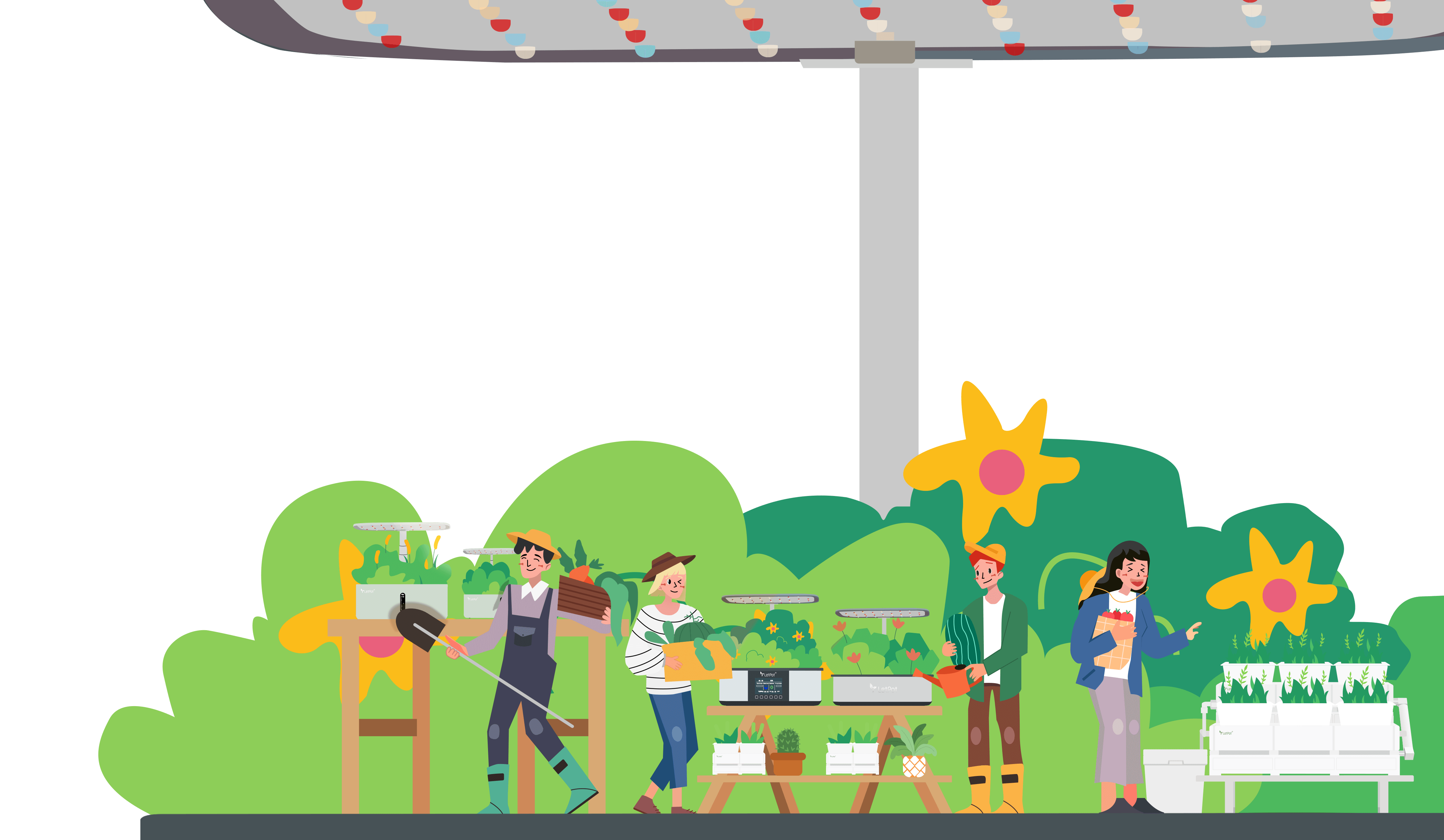
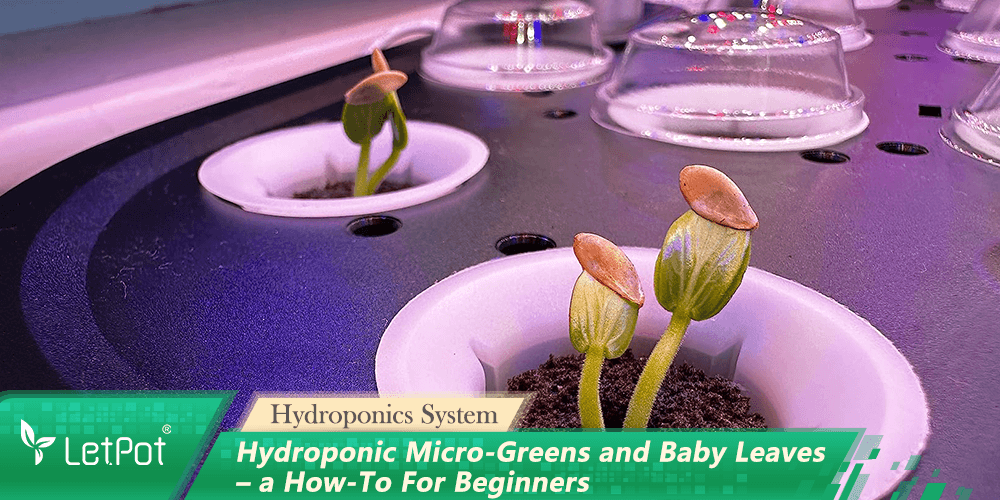
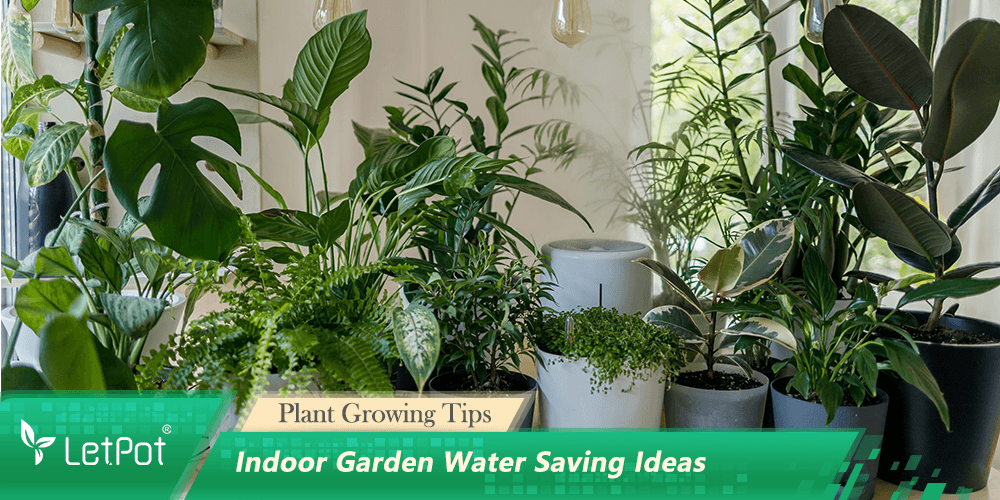
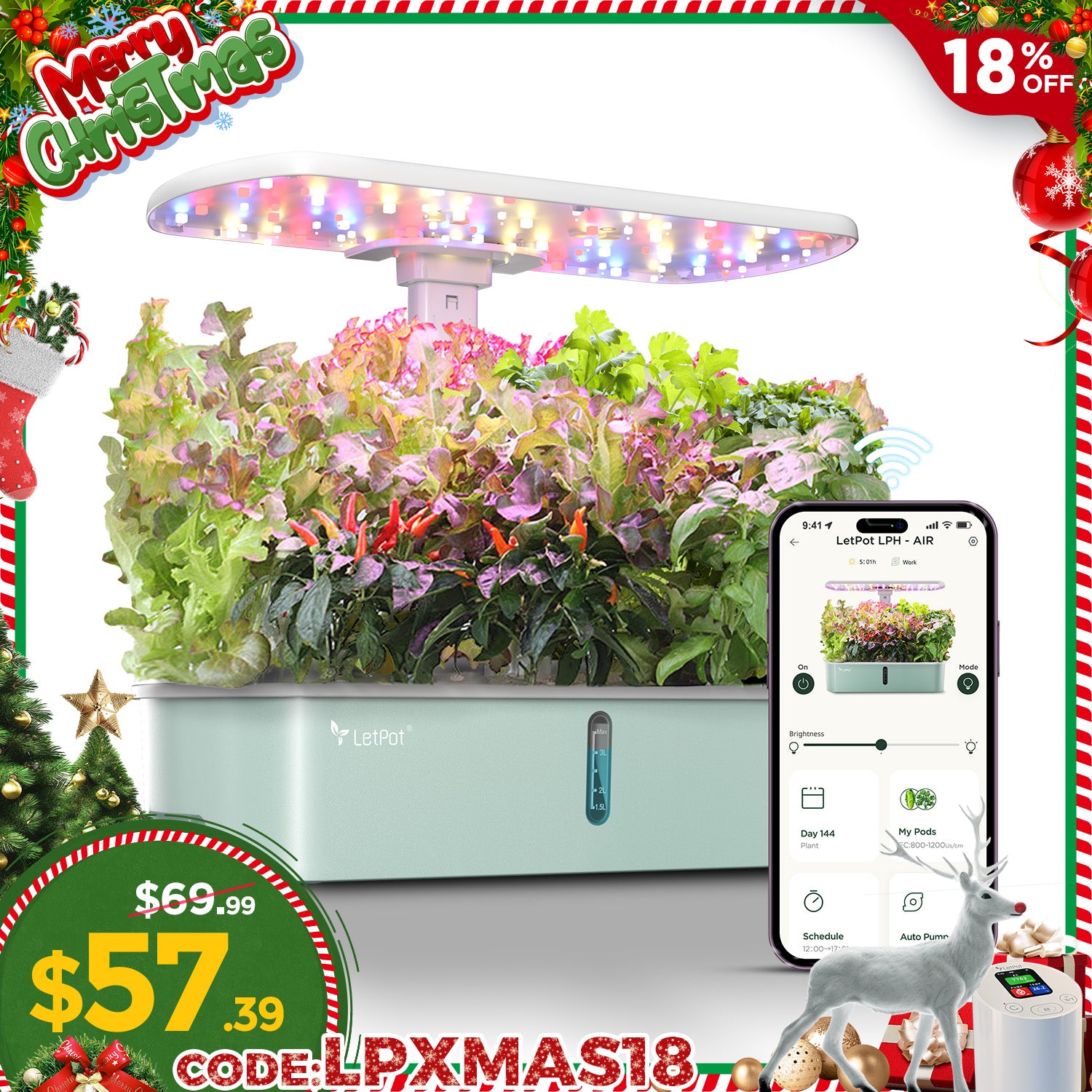

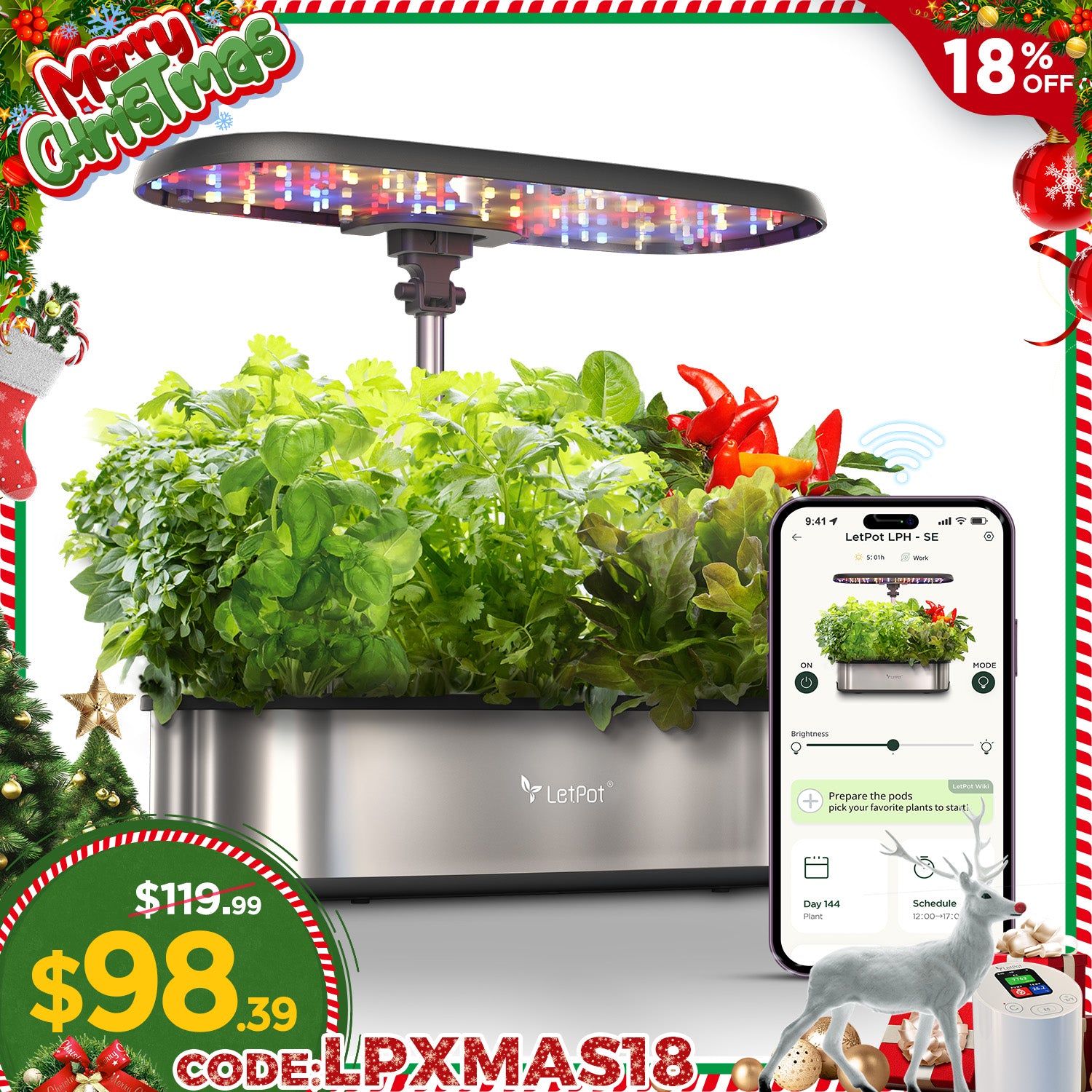
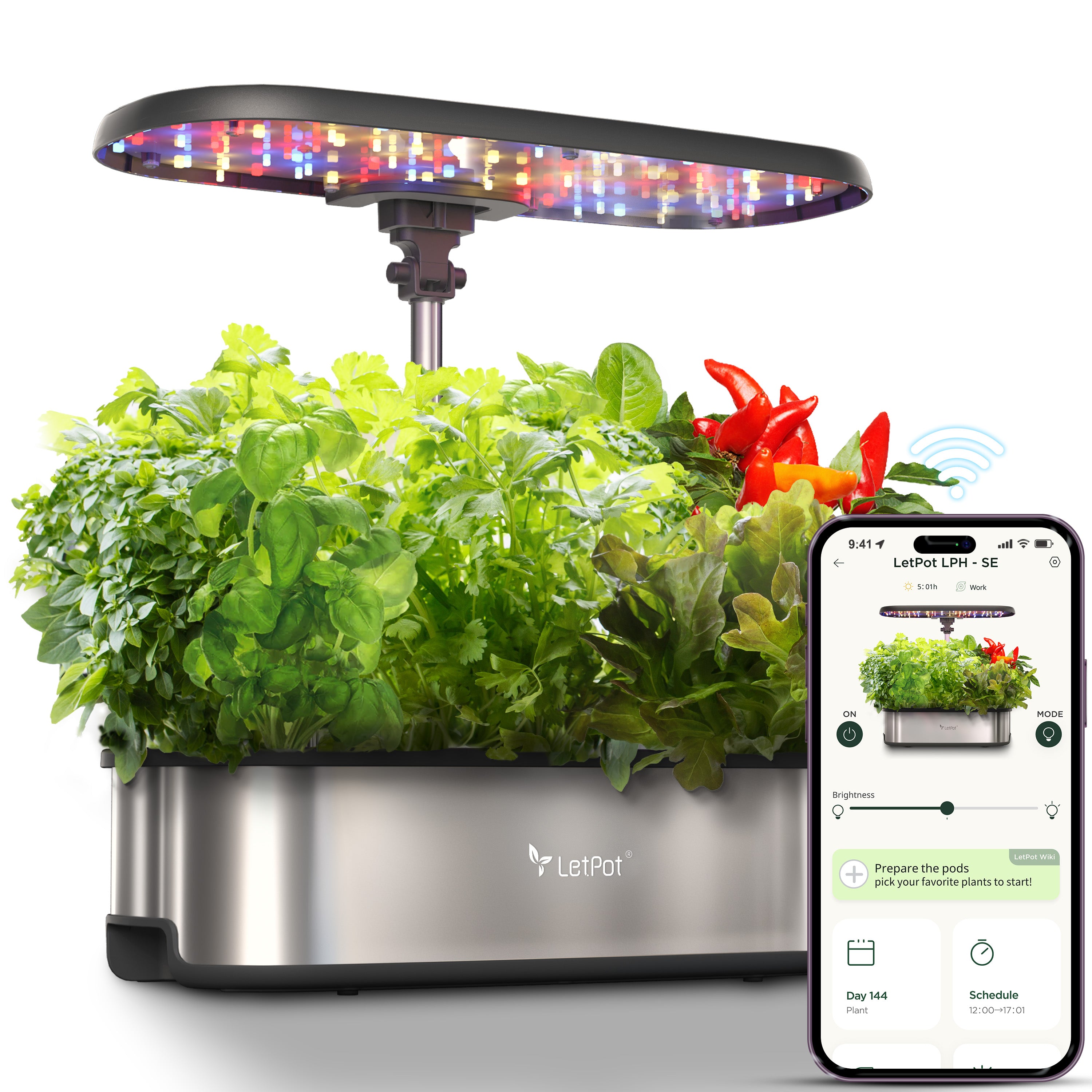
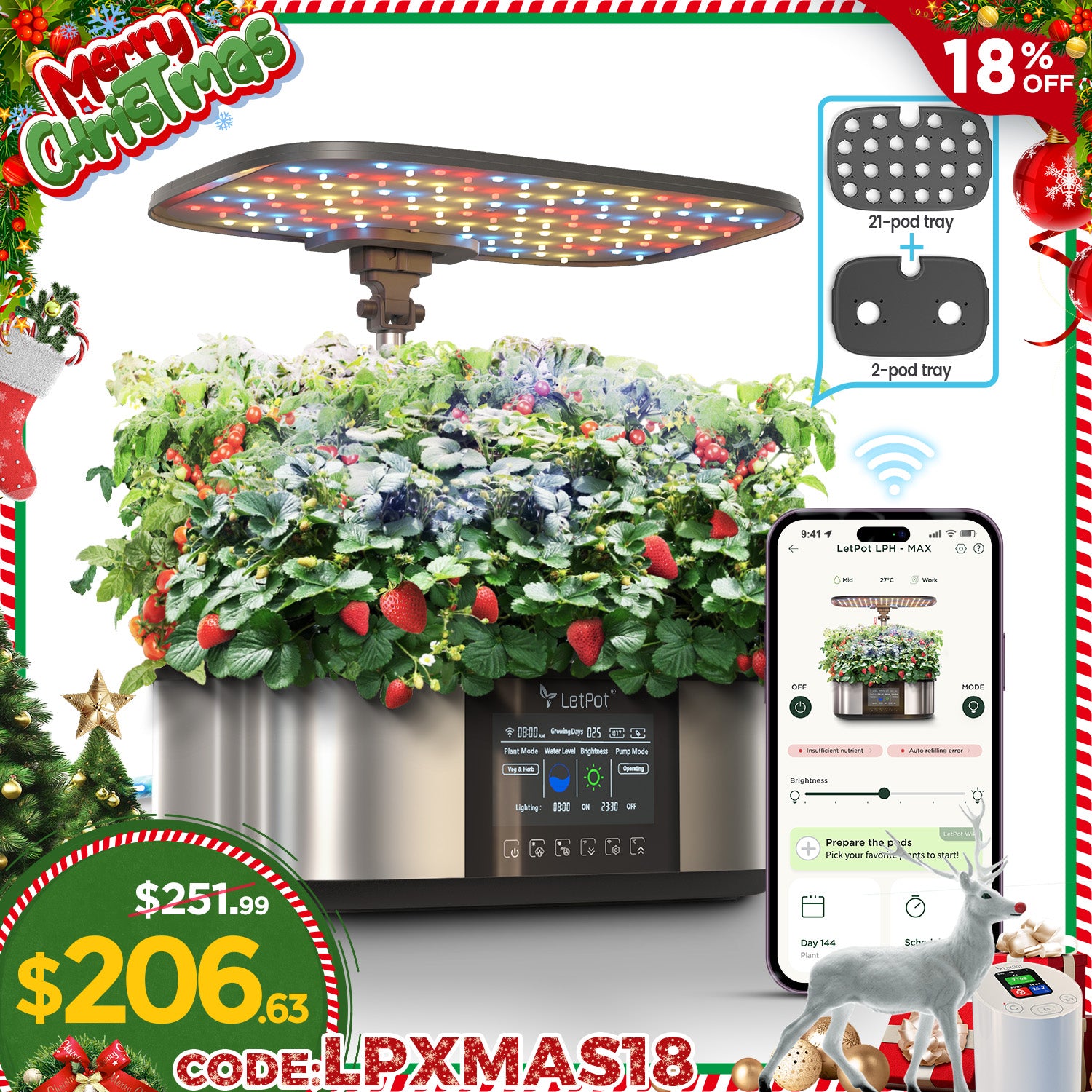
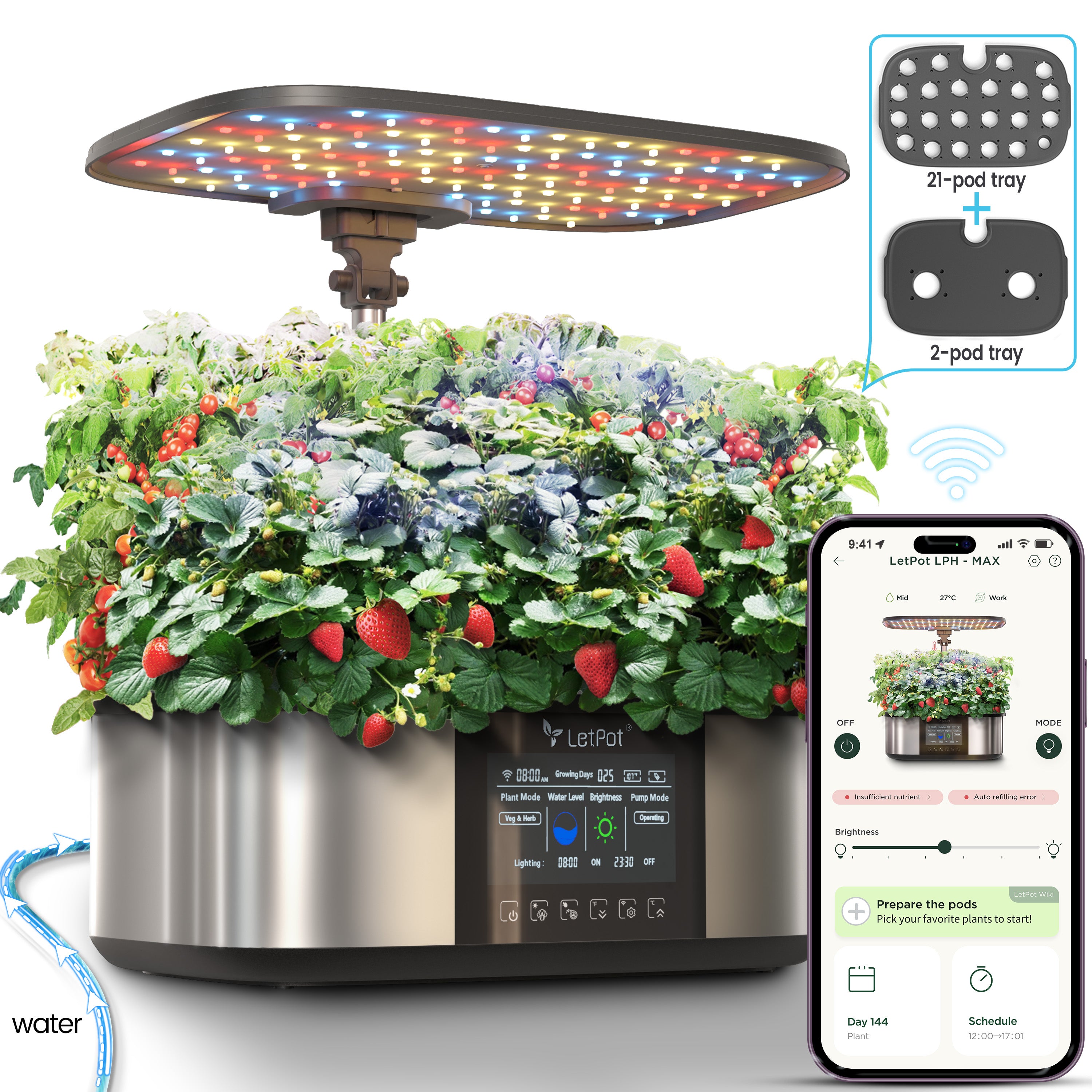
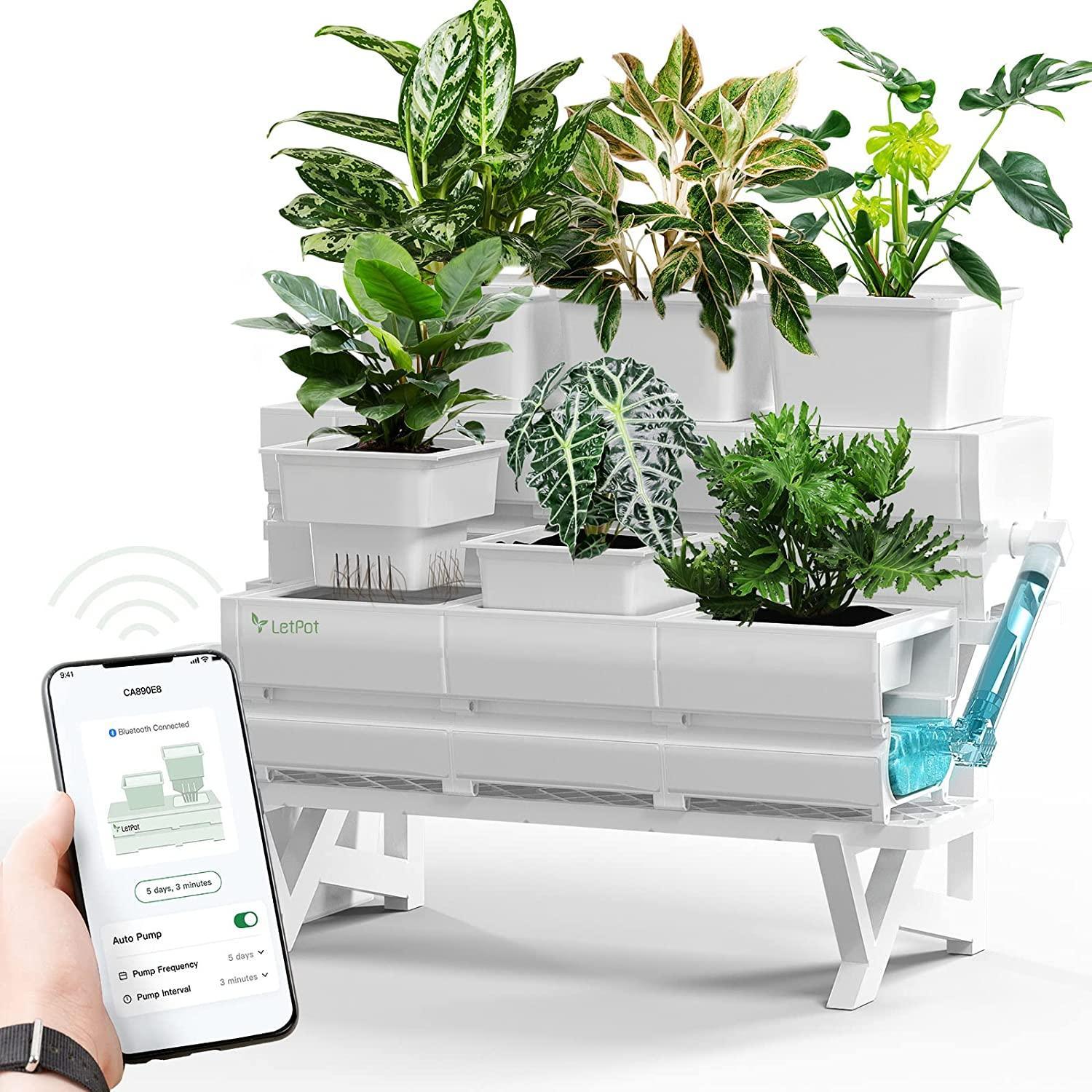
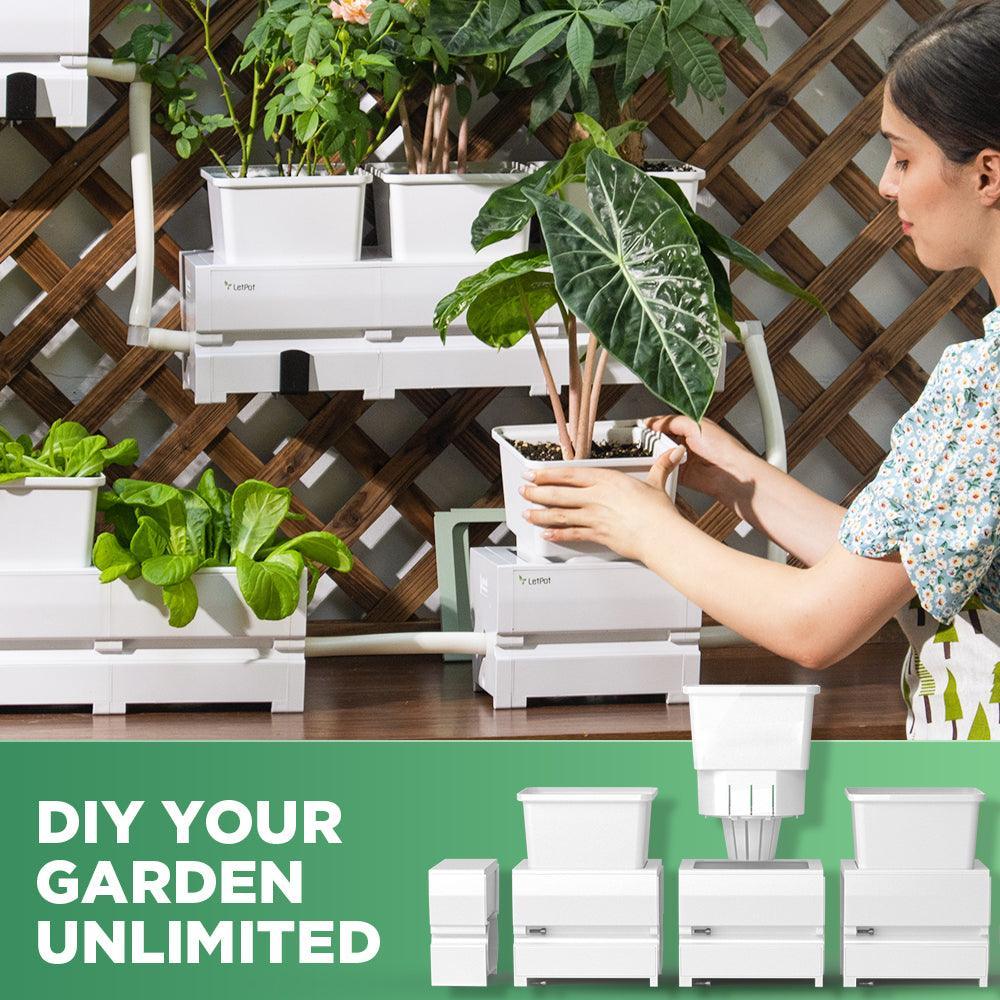
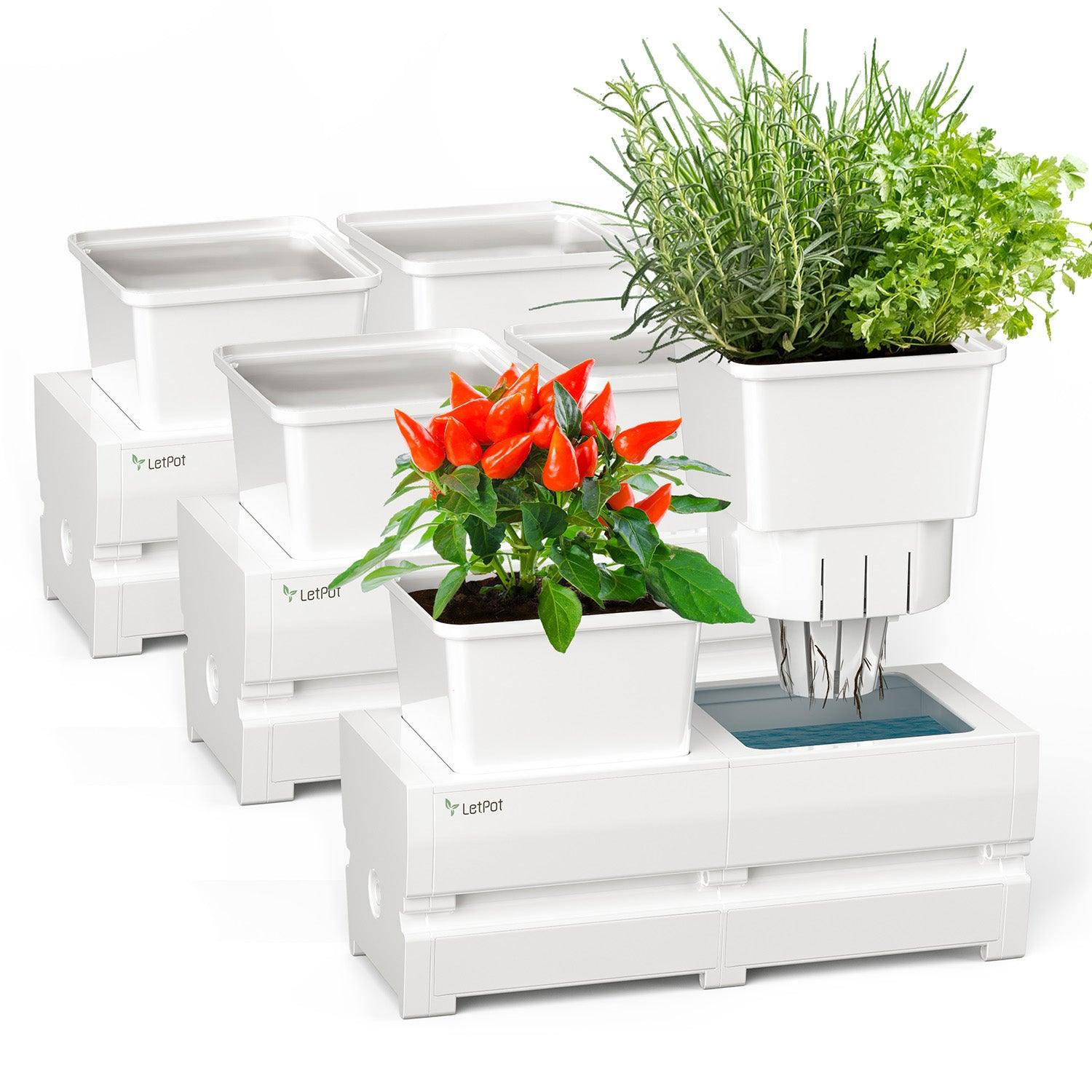
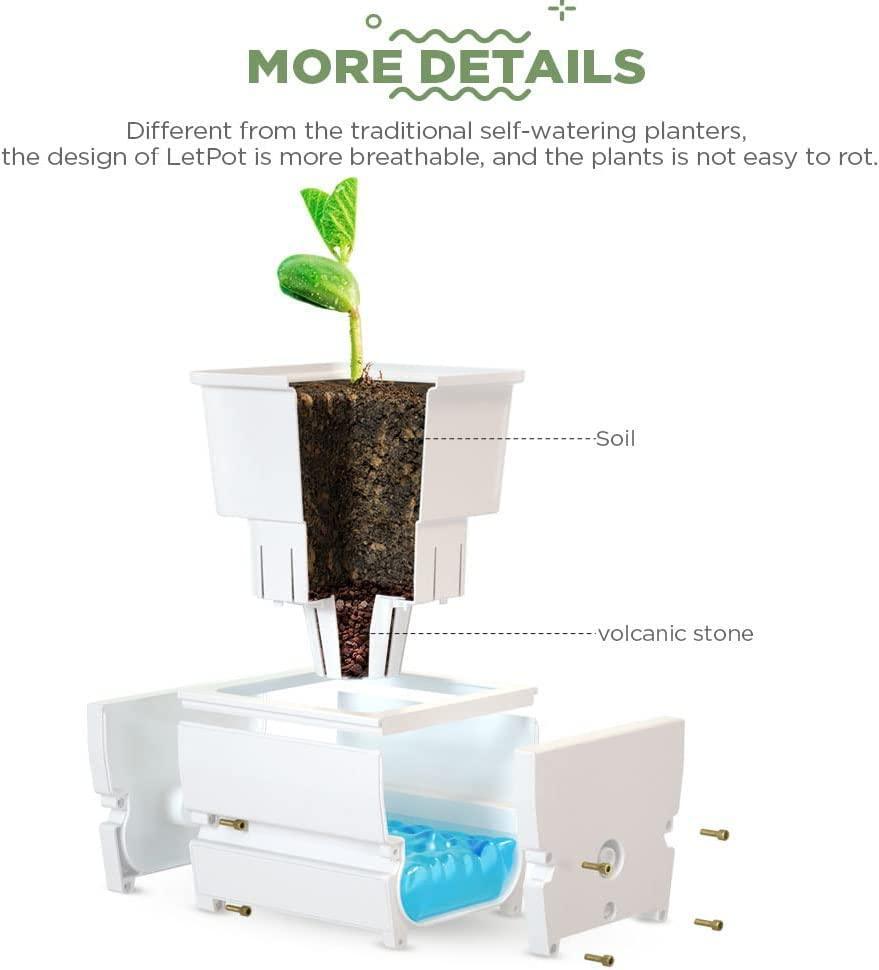
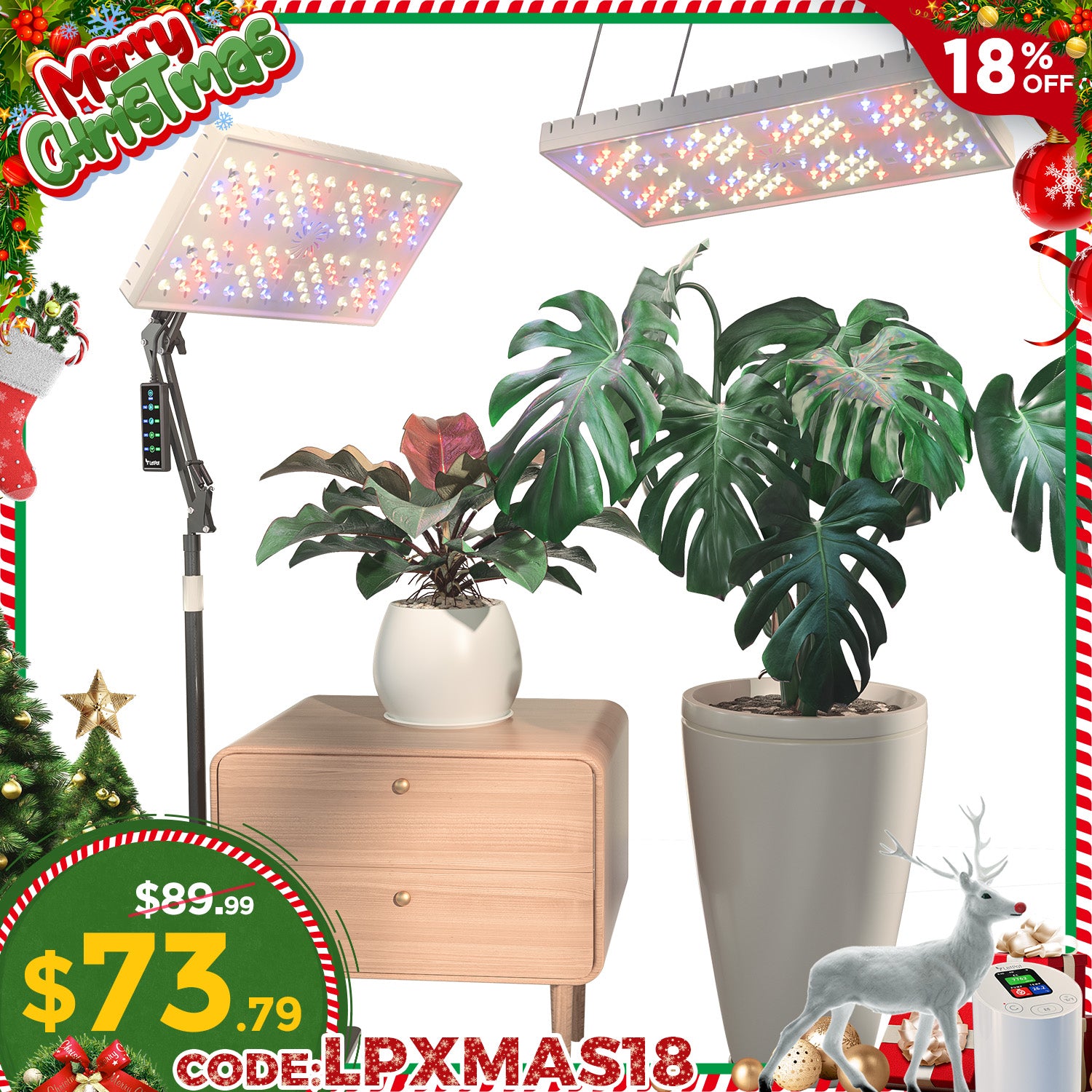
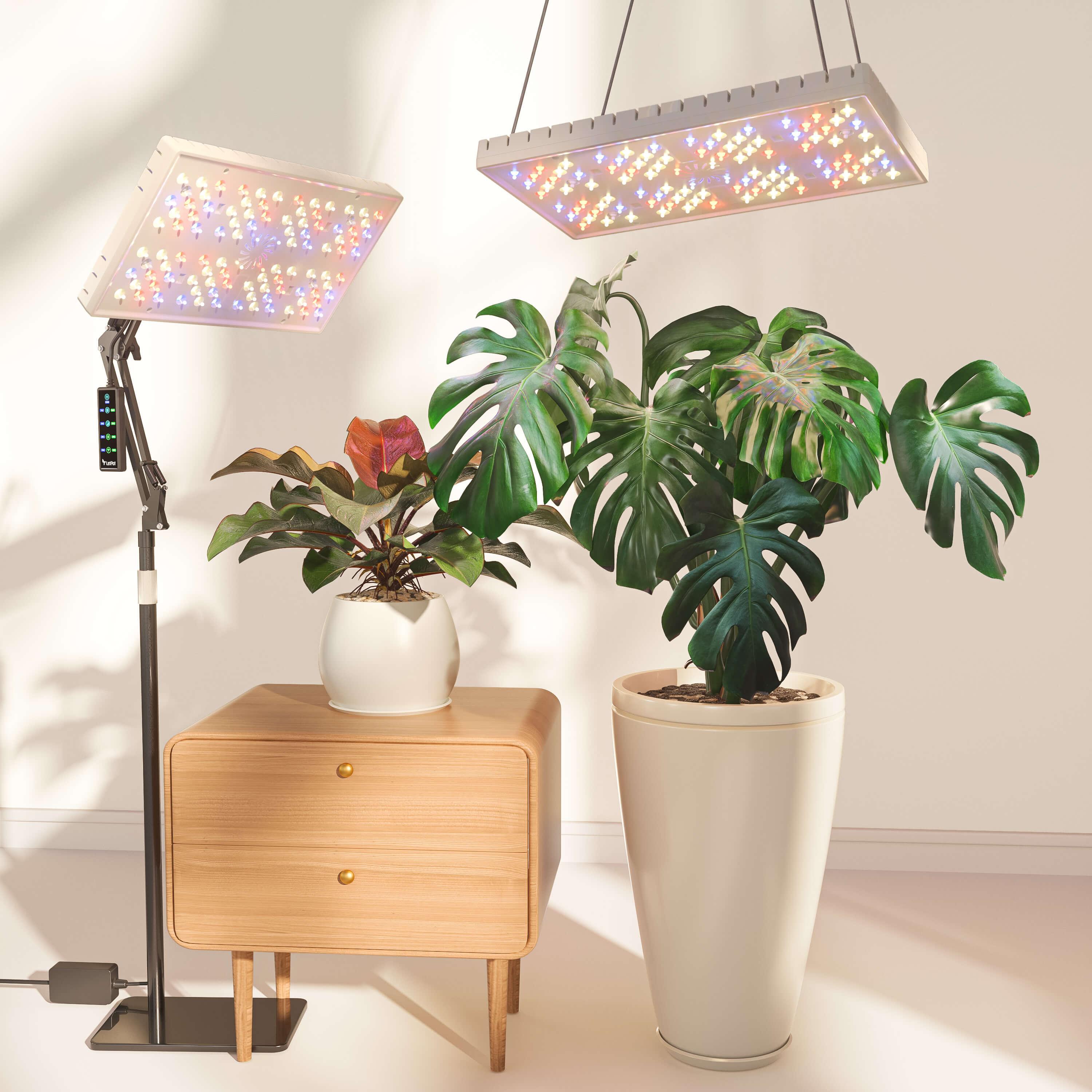
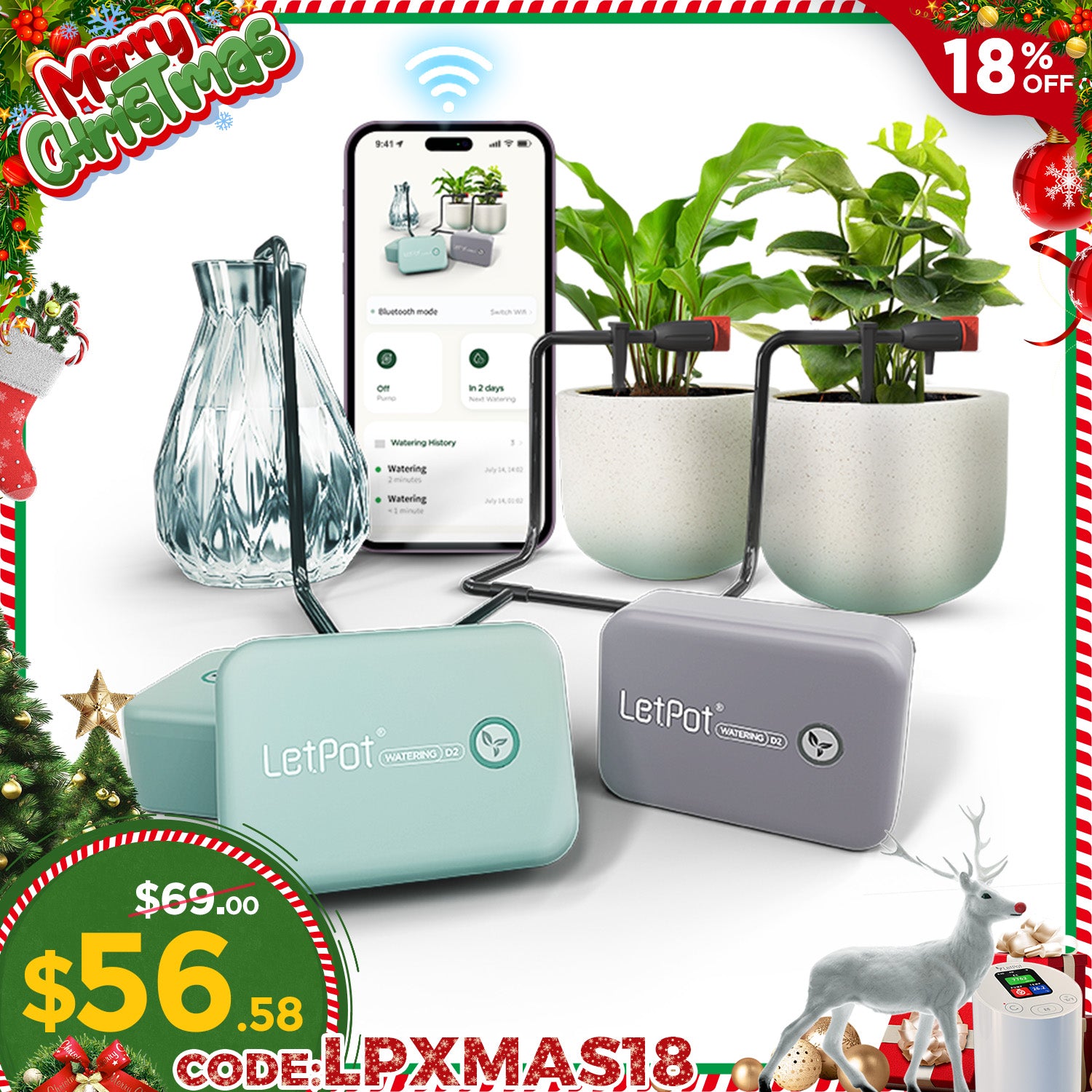

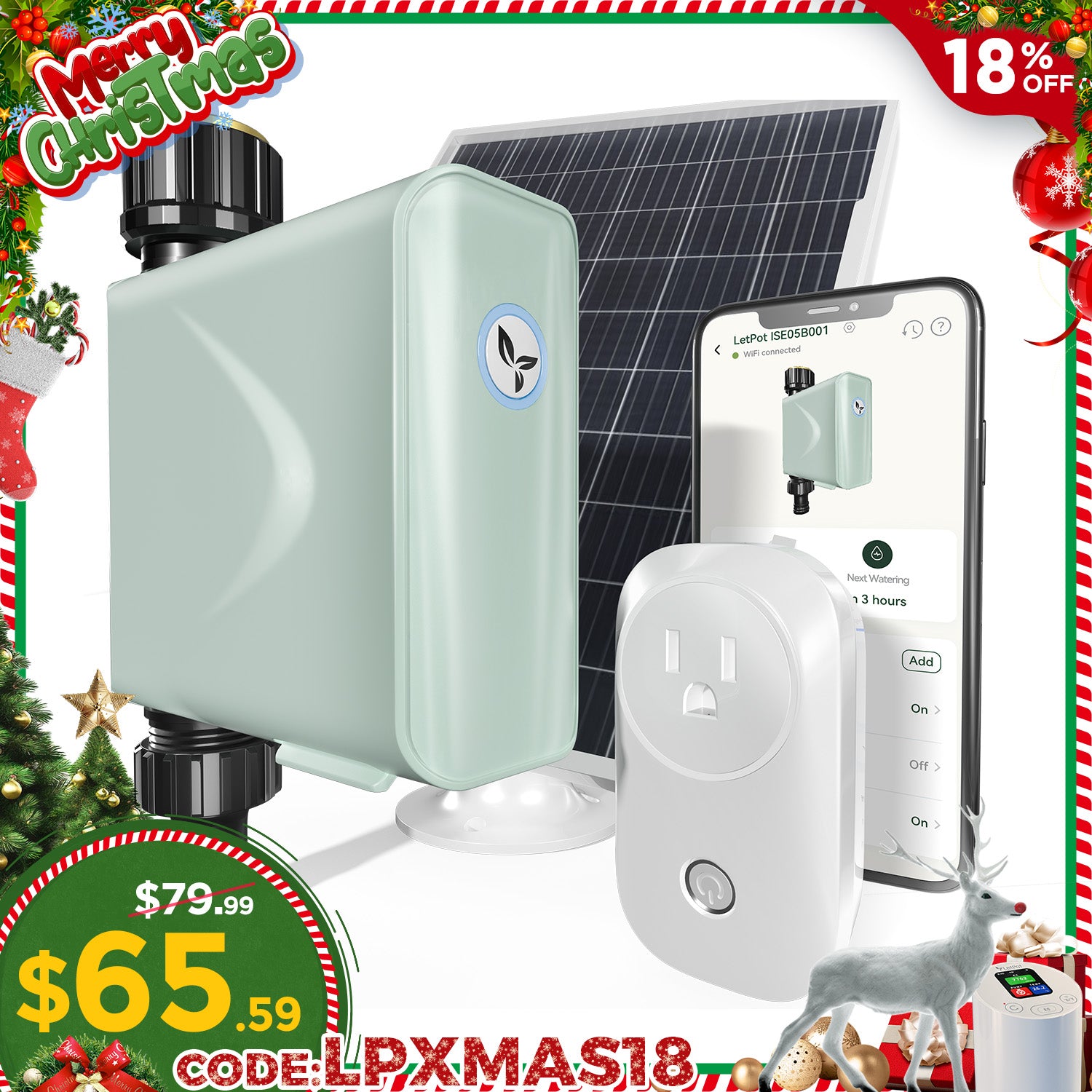
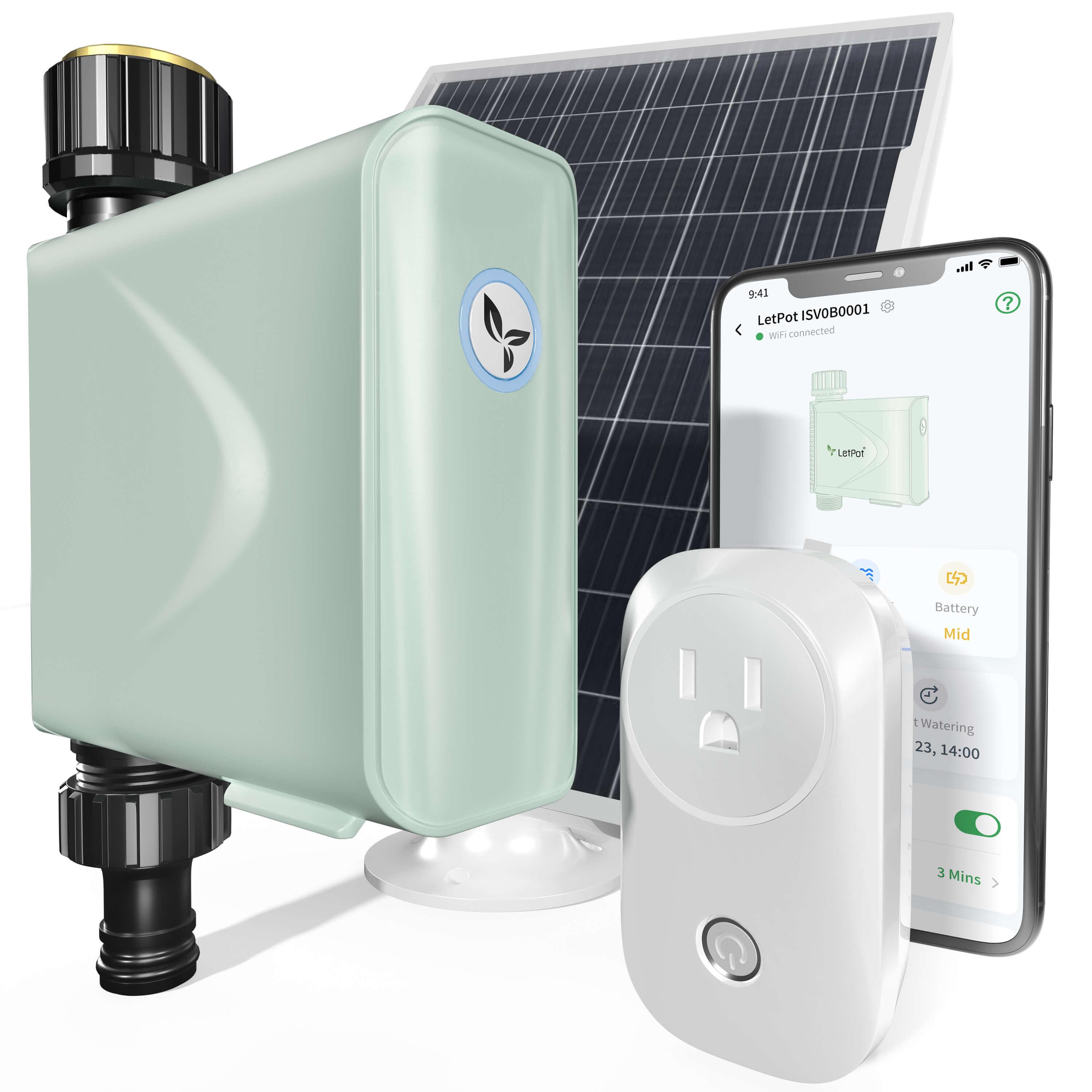

Leave a comment
All comments are moderated before being published.
This site is protected by hCaptcha and the hCaptcha Privacy Policy and Terms of Service apply.